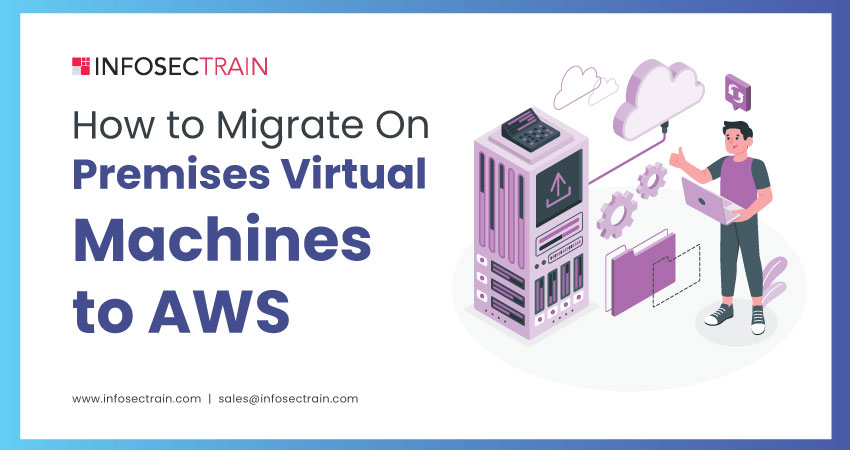Company Profile
Established in 2010 , Shenzhen Green Time Technology is a professional manufacturer and exporter in design, development and production of electronic cigarette.
All of our products comply with CE, Rohs, FCC, and are greatly appreciated in a variety of markets all over the world.
We have taken a group of experienced personnel who are talented in senior management, marketing and production skills. And have in 300 employees and mature production line.
Our rich experience, excellent capability and strong research, design in all OEM and ODM orders, well-equipped facilities and excellent quality control throughout all stages of production enables us to guarantee customer satisfaction.
Trusted by millions, we鈥檙e taking the industry forward on a path with no end. Because our innovation knows no bounds. First in performance. Second to none in customization.
CEO's Message
FOCUS ON ECIGS,BUILD FIRST-CLASS PRODUCT,KEEP STABLE QUALITY,PROVIDE BEST SERVICE
Team Introduced
The Green Time team consists of more than 70 employees in office and more than 300 in production line
Every member of our team shares the same relentless passion for creating the world鈥檚 most reliable, high-performance vape hardware. Our engineers, designers, material scientists, and product development specialists are all experts in their respective fields, working in unison behind-the-scenes toward this common goal.
Our market specialists are here to help you select hardware that positions your brand for sustained success, while our vape experts simplify the entire buying process, leaving no stone unturned, to perfectly pair your extracts to our hardware and turn your vape visions into reality. It鈥檚 a team effort and every member of the Green Time family plays a vital role in our success.
Development History
2012 Shenzhen Greentime Technology Co., Ltd. was founded
2015 Established his own equipment developing department
2017 Established Huizhou Greentime Technology Co., Ltd.(a new production base)
2018 Established his own CNC processing center
2019 Established his own testing Lab, specially in heavy metal testing.
2020 Established the third production base, Dongguang Greentime Technology Co., Ltd.
Organizational Structure
Company Certificate
Working Environment
The Green Time Class 100,000 clean-rooms include assembly/manual packing.
Within the 1,500 SF clean-room, e cigarette are produced, inspected and packaged to ensure parts are free of foreign particles, such as dust, that could impact product integrity. Green Time understands that this can be particularly important for applications in the medical and electronics industries.
Green Time has continued to grow and evolve, investing in new capabilities in order to best meet customer needs. The addition of the ISO class 8 certified clean-room in Dongguan is an example of Green Time鈥檚 commitment to their customers and to providing the most exceptional products and service in the industry.
Competitive Advantage
Outfitted with cutting-edge technology and equipment to deliver the data and confidence our customers demand to stay ahead in the market.
鈼廔ndustry-leading product design and development hubs
鈼廍xpanded innovation capabilities
鈼廍xpedited validation of new hardware technologies
鈼廇ccelerated product speed to market
鈼廎ull suite of on-site product and emission testing equipment
鈼廐igh fidelity 3D prototyping proficiencies
鈼?st company to solve the Heavy Metal problem
鈼?st company to invent the filling machine for our customer to help them with filling issues
R&D Capability
Choose from our comprehensive customization library of finishes, features, colors, mouthpieces, chargers, and packaging options.
Our team of experts will walk you through the entire process to create a one-of-a-kind product line that perfectly matches your brand鈥檚 aesthetics.
Company Philosophy
In electronic cigarette industry, lead by product innovation and quality control, the whole staff participate, strive for perfection , providing top quality products and services faithfully
Company Values
Keep your eyes on the stars, and your feet on the ground
Time is Money, Efficiency is lifeElectronic Cigarette And Vape Free Sample
website:
http://www.greentimeindustrial.com/Company Profile
Established in 2010 , Shenzhen Green Time Technology is a professional manufacturer and exporter in design, development and production of electronic cigarette.
All of our products comply with CE, Rohs, FCC, and are greatly appreciated in a variety of markets all over the world.
We have taken a group of experienced personnel who are talented in senior management, marketing and production skills. And have in 300 employees and mature production line.
Our rich experience, excellent capability and strong research, design in all OEM and ODM orders, well-equipped facilities and excellent quality control throughout all stages of production enables us to guarantee customer satisfaction.
Trusted by millions, we鈥檙e taking the industry forward on a path with no end. Because our innovation knows no bounds. First in performance. Second to none in customization.
CEO's Message
FOCUS ON ECIGS,BUILD FIRST-CLASS PRODUCT,KEEP STABLE QUALITY,PROVIDE BEST SERVICE
Team Introduced
The Green Time team consists of more than 70 employees in office and more than 300 in production line
Every member of our team shares the same relentless passion for creating the world鈥檚 most reliable, high-performance vape hardware. Our engineers, designers, material scientists, and product development specialists are all experts in their respective fields, working in unison behind-the-scenes toward this common goal.
Our market specialists are here to help you select hardware that positions your brand for sustained success, while our vape experts simplify the entire buying process, leaving no stone unturned, to perfectly pair your extracts to our hardware and turn your vape visions into reality. It鈥檚 a team effort and every member of the Green Time family plays a vital role in our success.
Development History
2012 Shenzhen Greentime Technology Co., Ltd. was founded
2015 Established his own equipment developing department
2017 Established Huizhou Greentime Technology Co., Ltd.(a new production base)
2018 Established his own CNC processing center
2019 Established his own testing Lab, specially in heavy metal testing.
2020 Established the third production base, Dongguang Greentime Technology Co., Ltd.
Organizational Structure
Company Certificate
Working Environment
The Green Time Class 100,000 clean-rooms include assembly/manual packing.
Within the 1,500 SF clean-room, e cigarette are produced, inspected and packaged to ensure parts are free of foreign particles, such as dust, that could impact product integrity. Green Time understands that this can be particularly important for applications in the medical and electronics industries.
Green Time has continued to grow and evolve, investing in new capabilities in order to best meet customer needs. The addition of the ISO class 8 certified clean-room in Dongguan is an example of Green Time鈥檚 commitment to their customers and to providing the most exceptional products and service in the industry.
Competitive Advantage
Outfitted with cutting-edge technology and equipment to deliver the data and confidence our customers demand to stay ahead in the market.
鈼廔ndustry-leading product design and development hubs
鈼廍xpanded innovation capabilities
鈼廍xpedited validation of new hardware technologies
鈼廇ccelerated product speed to market
鈼廎ull suite of on-site product and emission testing equipment
鈼廐igh fidelity 3D prototyping proficiencies
鈼?st company to solve the Heavy Metal problem
鈼?st company to invent the filling machine for our customer to help them with filling issues
R&D Capability
Choose from our comprehensive customization library of finishes, features, colors, mouthpieces, chargers, and packaging options.
Our team of experts will walk you through the entire process to create a one-of-a-kind product line that perfectly matches your brand鈥檚 aesthetics.
Company Philosophy
In electronic cigarette industry, lead by product innovation and quality control, the whole staff participate, strive for perfection , providing top quality products and services faithfully
Company Values
Keep your eyes on the stars, and your feet on the ground
Time is Money, Efficiency is lifeElectronic Cigarette And Vape Free Sample
website:http://www.greentimeindustrial.com/









